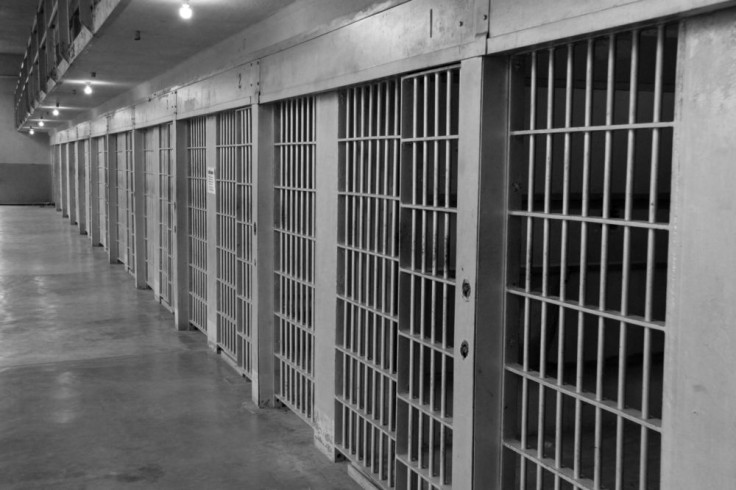Suicide Rates Among Released Male Prisoners 8 Times Higher Than National Average; Mental Health, Support Services Can Help

Preventing suicides while offenders are in prison has been a much bigger priority than preventing them once prisoners get out. But a new study looking into prisoner suicides once they’re released has found that the risk of suicide for male offenders is eight times the national average, with over 25 percent of those suicides occurring in the first four weeks of their release.
The study, published in Sociology of Health and Illness, interviewed 35 male offenders aged 18 to 52 from a Category B medium security prison in England. The interviews took place a week before their release and six weeks afterward. Most of the offenders had troubled lives. Of the 35 who were interviewed, 18 had tried to commit suicide at some point in their lives, and an even greater amount of them had experienced physical abuse or abandonment as a child, as well as substance and alcohol abuse in their homes.
The study separated those who had attempted suicide into two groups: those who attempted suicide multiple times and failed, and those who were referred to as “one-offs.” They found that those who tried to commit suicide multiple times used less violent methods, while the one-offs only tried once, and used more violent methods, which typically resulted in a fatality.
“Our study reveals that it is not just those multiple attempters at most obvious risk that require attention, but also those more hidden ‘one-off’ attempters whose efforts are more violent and more likely to result in fatality,” said Dr. Richard Byng, lead author of the study and professor of primary care research at Plymouth University, in a statement.
Trying to understand why people repeatedly attempt suicide was a focus of the study. Under the existing justice system in England, people sentenced to less than a year in prison aren’t supported by a probation officer, and there is little planning for their lives after being released. This often results in a weak support system upon release, which, along with other issues like substance abuse and inadequate mental health or health services, creates “revolvers” or “churners” — terms used to describe repeat offenders.
The researchers said policy modifications aiming to address the complex needs of people getting ready to leave prison would help fix these issues and reduce suicides. Support in the form of primary care physicians, mental health professionals, drug and alcohol teams, and possibly even therapy would reduce the burden placed on these offenders, who must readjust to life outside of prison.
In the U.S., over 1.3 million inmates are housed in state prisons, while there are 721,654 inmates in local jails, according to a 2014 study by the Prison Policy Initiative. A 2006 study also found that 56 percent of state prisoners and 64 percent of jail inmates were mentally ill, meaning a similar problem exists in the U.S. — one that also requires attention in the form of mental health care and rehabilitation.
“Care for those at risk of suicide will require not only a full assessment of risks and their needs, Byng said, “but also an acute understanding of where an individual is on the pathway to suicide.”
Source: Byng R, Howerton A, Owens C, et al. Pathways to suicide attempts among male offenders: the role of agency. Sociology of Health and Illness. 2015.



























